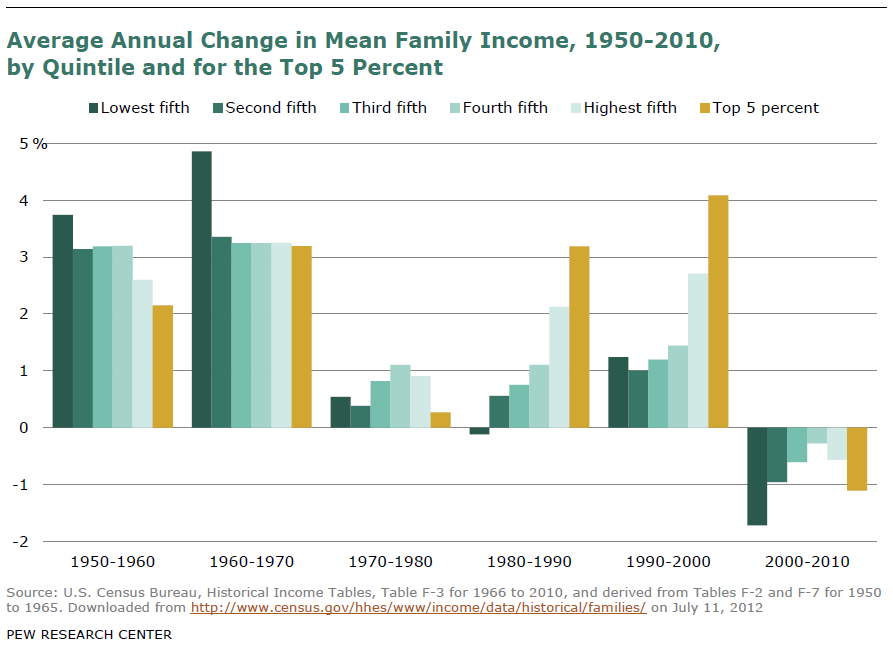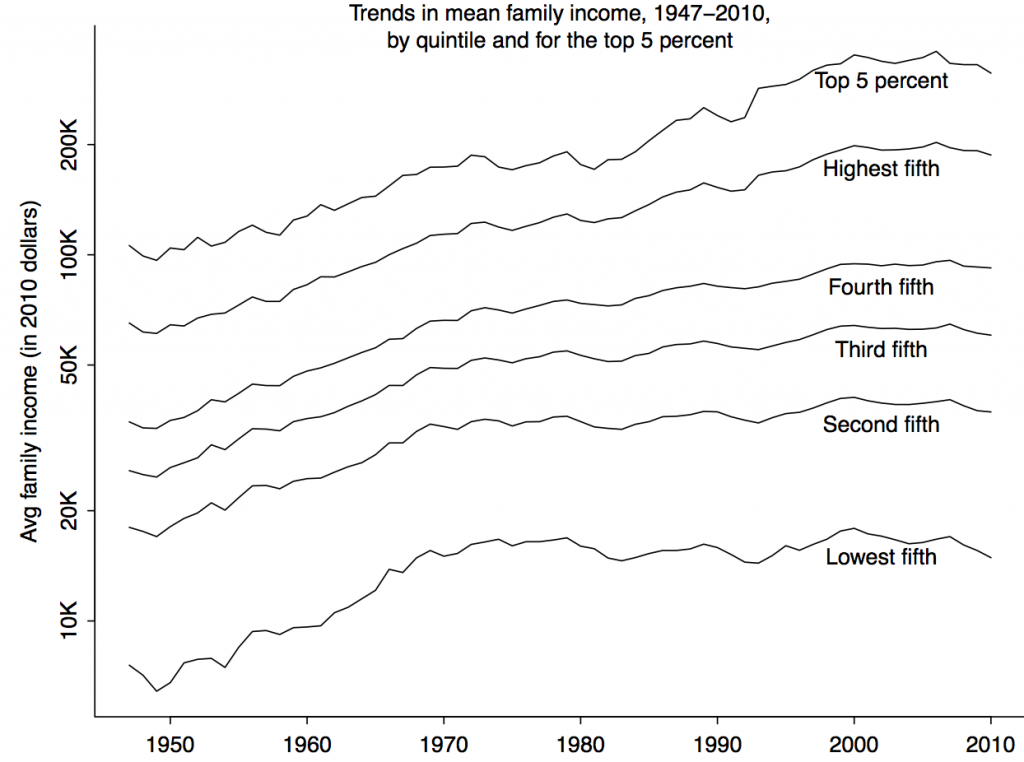Have you heard the one about the Frenchman who asked for higher taxes on himself?
A little over a year ago, some of the most prominent and wealthy executives in France signed a petition seeking higher taxes on themselves. Yes, higher taxes…
You may know what happened next: François Hollande, the country’s socialist president, proposed a 75 percent marginal tax rate on all income over $1.3 million. (The highest marginal tax rate on the first $1.3 million would be 45 percent, up from 41 percent.) Marginal tax rates on capital gains would rise to as much as about 60 percent.
Now many of the nation’s wealthiest executives — including some who signed the original petition — and entrepreneurs, private equity managers and others who are millionaires, or want to become millionaires, are crying foul. In a sign that executives are moving, or threatening to move, to lower-taxed countries, high-end real estate in Paris is being thrown on the market.
Another post that would seem to speak for itself, except for this:
The purpose of the tax is more populist than mathematical: the marginal income tax increase is estimated to raise only about $300 million.
To give that some perspective, France’s budget deficit last year was on the order of $150 billion, so $300 million is equivalent to about 0.2% of the shortfall.


 It’s Talk Like a Pirate Day, and here’s my annual plug to visit
It’s Talk Like a Pirate Day, and here’s my annual plug to visit 


